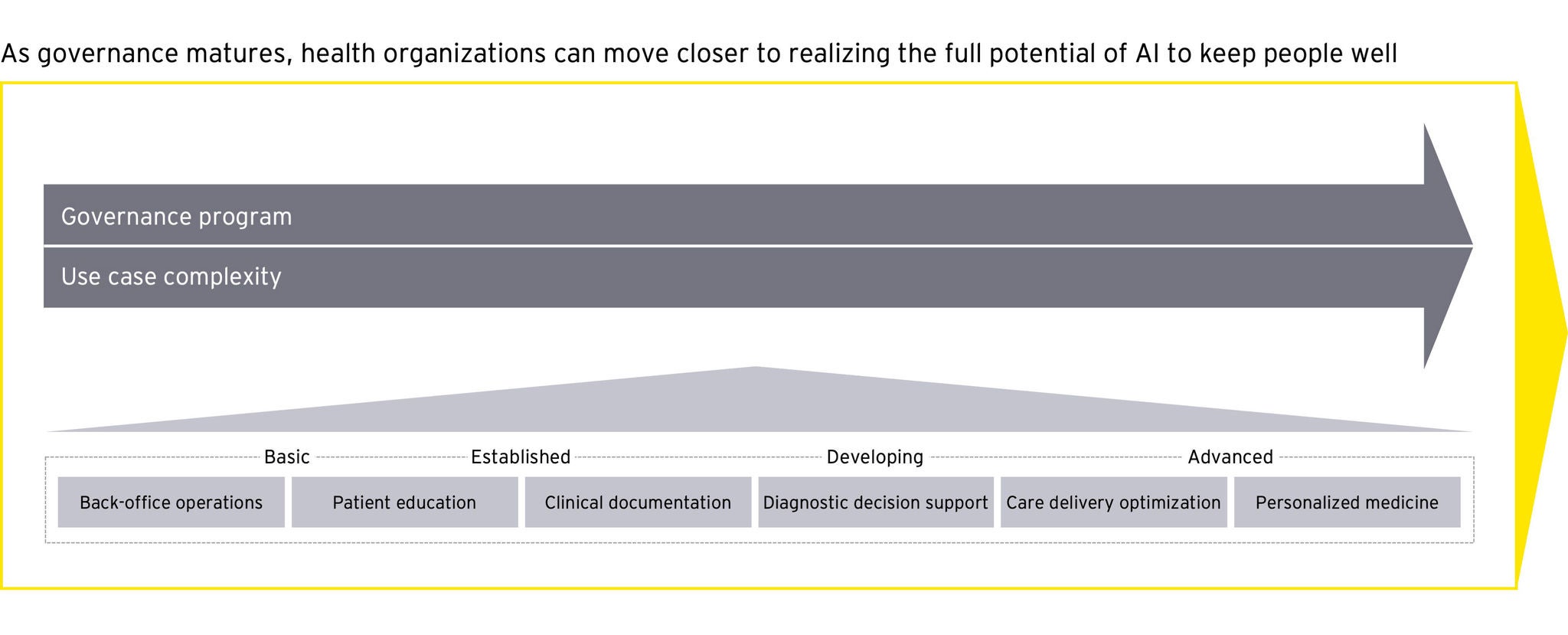EY refers to the global organization, and may refer to one or more, of the member firms of Ernst & Young Global Limited, each of which is a separate legal entity. Ernst & Young Global Limited, a UK company limited by guarantee, does not provide services to clients.
How EY can help
-
Our Smart Health solutions can help your business become a smart health organization. Learn more.
Read more
One of the key obstacles for health organizations with AI is data infrastructure. In integrating five of its care systems, London’s health organizations adopted a single health information exchange infrastructure to securely share records at the point of care across all its organizations. This is called the “London Care Record,” and helps ensure frontline staff have the information they need about a person when they need it, wherever they are working in the city. Nationally in England, a process is underway to implement a federated data platform in support of consistent approaches to local use of data for multiple purposes. To enable AI now and in the future, health systems must craft a data infrastructure that can bend and flex to future needs.
“The London health data strategy was saying actually, we make all this data available — not just six months data, but near to real-time in a linked way across all our patient contacts and patient care settings,” said Luke Readman, Director of Digital Transformation for NHS England, London.
What you can do now: review your data strategy and data governance including existing metadata, data lineage, data ownership and infrastructure. Leveraging data standards is key. Ingest data and map the various standards to each other. Moving from on-premises to the cloud allows for more scalability and flexibility. Create a semantic layer of data to make the information consumable and exposed via APIs. Determine the key infrastructure components that are necessary for the desired business outcomes.
Focus for the future: focus on building a scalable, flexible infrastructure that can withstand a portfolio of AI algorithms. Be strategic with procurement decisions as it can become costly quickly when running a suite of GenAI and AI algorithms at once at scale enterprise-wide.









